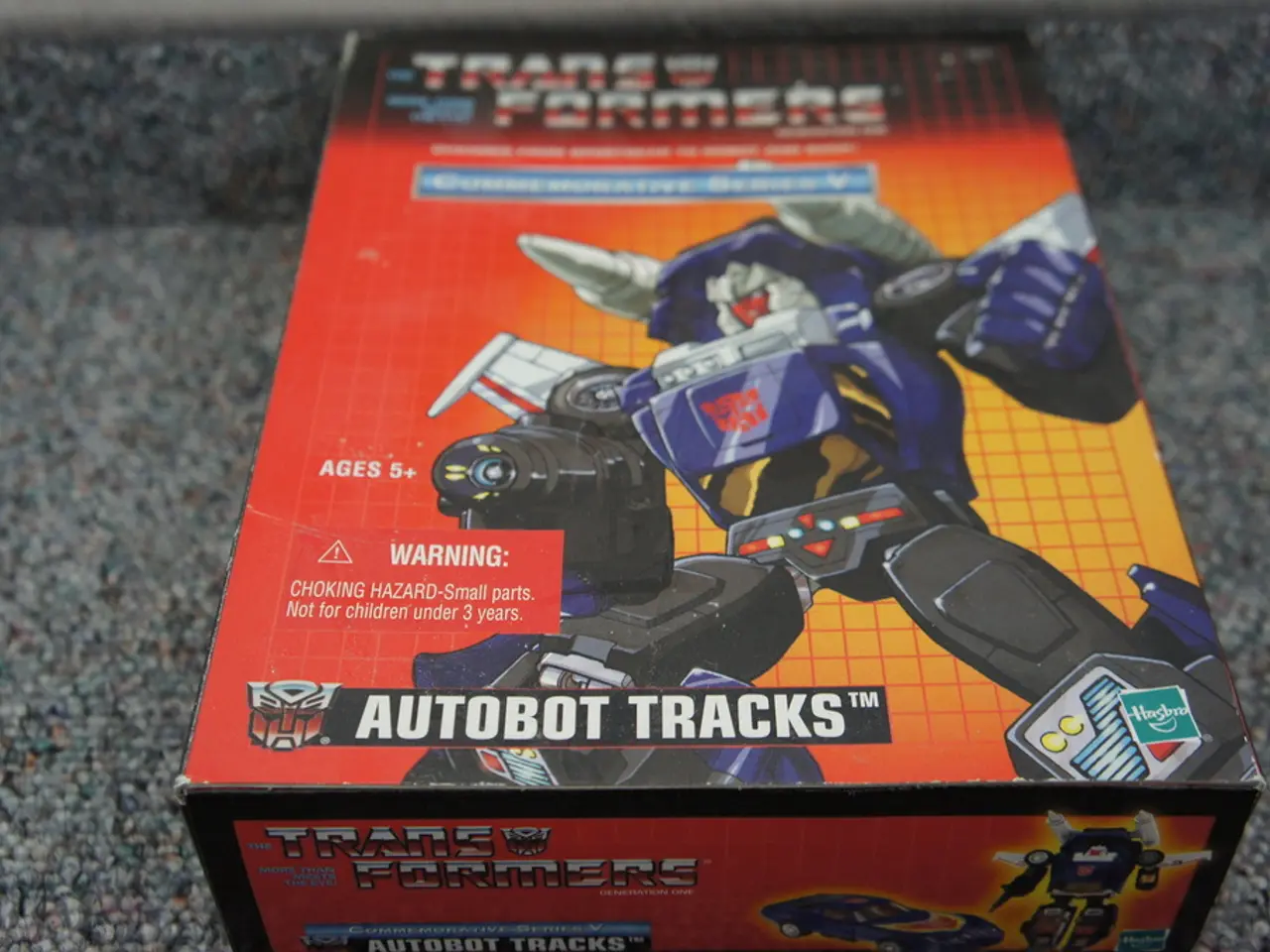AI-Driven Manufacturing: Enhancing Factory Safety through Artificial Intelligence
In the fast-paced world of manufacturing, the importance of workplace safety cannot be overstated. Traditional safety protocols are being pushed to their limits due to the expensive nature of downtime and the omnipresent danger. However, a new era of safety is upon us, as Artificial Intelligence (AI) is making its mark in enhancing factory safety.
Early Detection of Hazards and Predictive Maintenance
AI-powered computer vision and sensor systems continuously monitor the factory environment to detect unsafe practices, defective equipment, or environmental issues like gas leaks or poor air quality. Machine learning models analyze historical incidents, equipment logs, and near-miss reports to predict where failures or accidents might occur. This proactive approach allows addressing equipment issues before they cause safety incidents or downtime.
Real-Time Monitoring and Reduction of Human Error
AI systems operate continuously without breaks, instantly processing data from IoT devices such as sensors and cameras. This ensures that abnormal conditions—like machinery overheating or workers neglecting safety protocols—are flagged immediately for intervention. AI excels at consistent monitoring and execution of safety protocols, unaffected by fatigue or distractions. Automating routine safety inspections and data collection helps prevent overlooked hazards.
Improved Risk Assessment and Compliance Management
AI analyzes vast amounts of safety data to uncover hidden patterns and correlations, enabling more accurate, data-driven risk assessments and prioritization of preventive measures with the greatest impact. AI-assisted incident reporting ensures all hazards and accidents are documented consistently, supporting compliance with occupational safety regulations and reducing administrative workload.
Worker Monitoring and Assistance
Advanced AI applications include wearable sensors embedded in safety gear that monitor worker health indicators (e.g., signs of heat stress or fatigue) and AI-enabled cameras verifying correct PPE usage or alerting supervisors about unauthorized entry into hazardous zones.
Integration with Robotics
In factories, robotics combined with AI can perform hazardous or repetitive tasks—such as heavy lifting or inspection at dangerous heights—thereby reducing human exposure to risk.
The benefits of AI in factory safety are undeniable. In various factories worldwide, AI has proven to significantly improve worker protection and operational continuity. For instance, at a leading Malaysian plastics manufacturer, AI-powered zone mapping and anti-collision alerts created a digital buffer between humans and vehicles. At a metal treatment plant in Saudi Arabia, AI video analytics flagged frequent overreaches near hot zones. Similarly, at an automotive parts facility in Latin America, computer vision detected repetitive poor posture and hand-over-speed violations during part assembly.
In the manufacturing industry, AI is redefining safety by functioning as a real-time sentinel, continuously scanning, learning, and predicting. It is not here to replace human judgment; instead, it's here to support it by helping EHS teams see risks earlier, act faster, and understand patterns better.
In a leading electronics factory in Hong Kong, video-based monitoring detected over 8000 near-miss incidents in one quarter, many of which were never reported before. After retraining and minor spatial redesigns, the plant reported a 43% decrease in hazard zone entries and a 70% reduction in repeat violations. AI-powered video analytics can monitor factory zones 24/7, identifying breaches such as PPE compliance, fatigue, and irregular movement among workers.
AI connects to alert systems, triggering fast, multi-channel responses before accidents escalate, using methods like site-wide buzzers, in-helmet alerts, smartwatches, SMS, and WhatsApp notifications. The data was used to redesign workstation layouts and retrain workers, resulting in 41% fewer musculoskeletal complaints and a 29% reduction in manual error rates.
In conclusion, AI is not just a digital co-pilot in manufacturing safety but a new mindset that is revolutionizing the industry. By automating continuous hazard detection, predictive analytics, and compliance support, AI fosters a more proactive and safer factory environment. With its ability to learn and adapt, AI is set to continue transforming the landscape of factory safety, ensuring a safer and more efficient future for workers and manufacturers alike.
- Artificial Intelligence (AI) is playing a significant role in enhancing factory safety by using AI-powered computer vision and sensor systems to detect unsafe practices, equipment malfunctions, and environmental issues in real-time.
- AI is automating routine safety inspections and data collection, helping prevent overlooked hazards and improving the accurate risk assessment within the manufacturing industry.
- AI excels at consistent monitoring of factory environments for abnormal conditions, flagging immediate interventions when machinery overheats or workers neglect safety protocols.
- Integration of AI with robotics in manufacturing allows hazardous or repetitive tasks to be performed by robots, reducing human exposure to risk and improving overall safety in the industry.




